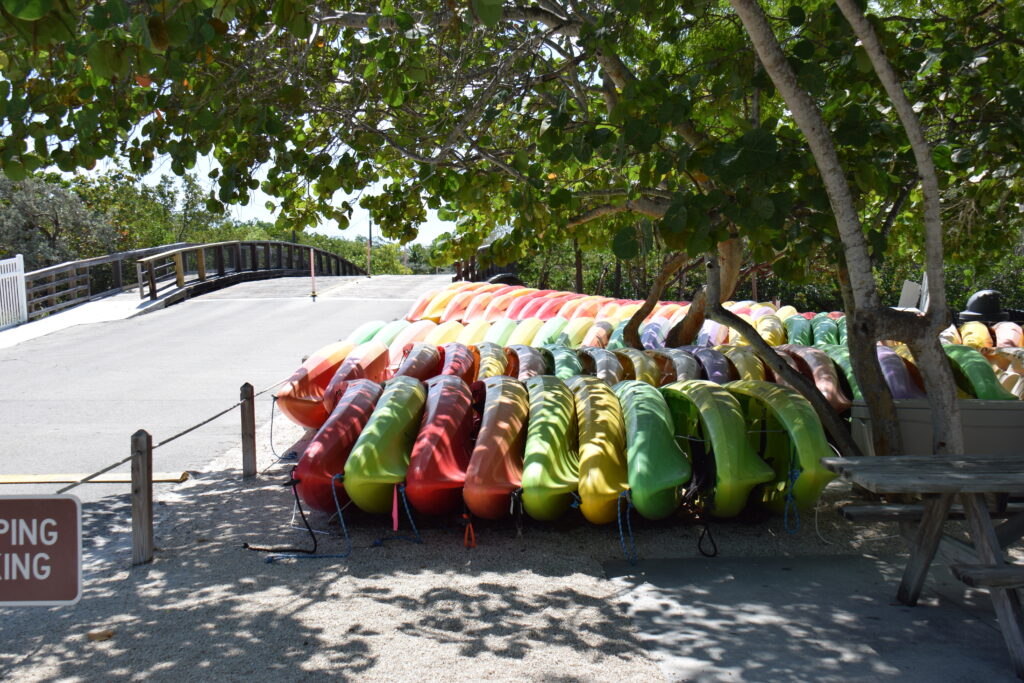A river is often more than just a name and the Santee River proves the adage. It’s a history—a tale of failures, successes, bloodshed, sacrifice, and the horrors of war. Its thundering resonance is not in its lazy current, the birds that trill in the hazy morning afterglow of the sunrise, or its raw, underlying power.
The 143-mile stretch of the Santee River bore witness to the migration of the Santee tribe, the Winyah, the Catawba, and the Seewee. Its banks provided sustenance to the French Huguenots, as they fled systematic and vicious persecution at the hands of King Louis the XIV and his ‘dragonnades’ policy of forcing Protestant conversion to Catholicism.
The Santee carried the blood of French and Indian War casualties, and later, the Revolution. It was a river of strategic advantage throughout the Civil War, and now, it shares a portion of the beautiful, Santee National Wildlife Refuge border. Despite its past flirtations with darkness and redemption, war and savagery, the Santee River is now abundant with wildlife and recreation.
History of the Santee River

US 15 Santee River Bridge in South Carolina.
©US Library of Congress/HABS No. MD-934-A – Original / License
The first known humans to move into the area and take advantage of the Santee River’s abundance were Native Indian tribes. The aforementioned Santee were the standard bearers for the river’s eventual name. A confluence of two rivers, the Congaree and the Wateree, form the head of the Santee.
From there, it flows in a more or less southeastern direction for 143 miles—emptying out into the Atlantic Ocean near Charleston. The original Jamestown settlement lies within 30 miles of the river, and it was only a matter of time before hundreds would flock to its shores.
The flood of settlers altered the names of the northern and southern areas around the river. The French Huguenot’s settlement became the French Santee, while the northern areas became the English Santee. With its vast movement of silt, the river quickly became the hub of fertile farmlands.
It also served as a major transportation hub along the east coast, or at least it did, prior to the inception of the railroads. Built in 1800, the Santee Canal made the Santee a hub of transportation, and it wasn’t long before goods and produce moved up and down the river.
Throughout the Civil War, the South thought the Santee was a considerable threat, and the North would use it as a platform for a Southern invasion. From the late 1930s, and into the early 1940s, two hydroelectric dams were built along the Santee, resulting in the formation of Lake Moultrie and Lake Marion.
Wildlife Along the Santee River

A sleuth, or group, of three American black bears (Ursus americanus), a mother bear, and two of her cubs sit in a rocky field.
©Derek R. Audette/Shutterstock.com
The Santee National Wildlife Refuge owes its existence to the multiple projects along the Santee River, and it encompasses 15,000 acres. An additional wildlife management area was set aside as well, and it includes an extra 18,000 acres. As a result, the Santee River Floodplain, much of the river, and the resulting basin have federal protection.
The wildlife refuge alone is home to 12 species of migratory birds. For instance, Bachman’s Sparrow, the red-cockaded woodpecker, Swainson’s warbler, wood ducks, northern parula, the brown-headed nut hatch, and the worm-eating warbler call the Santee National Wildlife Refuge home.
In addition to the migratory birds, the wildlife refuge is also home to over 300 species of birds, along with a system for eliminating invasive species.
Ducks are a large part of the ecosystem here, and the wildlife refuge manages them by allowing duck hunts with specific bag limits throughout the season. Wood ducks, ruddy ducks, mallards, American black ducks, Northern pintails, northern shovelers, and ring-necked ducks are common here.
Where the Santee River empties into the Atlantic, you may run into a sea turtle or a Carolina heel splitter. Additionally, American shad, striped bass, hickory shad, sturgeon, and crappie inhabit the river. Amphibians and reptiles also flourish along the Santee.
Spotted salamanders, frosted flatwoods salamanders, timber rattlesnakes, copperheads, kingsnakes, and the American green tree frog are often seen along the river’s banks and in the river itself. Whitetail, red wolves, black bears, eastern cougars, raccoons, groundhogs, and gray squirrels also frequent the forested regions along the track of the river.
Size of the River
The Santee River is around 143 miles long. Also, it’s the second largest river on the east coast, at least in terms of how much it drains and the river’s rate of flow. The average flow of the river is 512 cubic feet per second. However, it is much more and far less in other areas of the river. It all depends on where you are standing at the moment.
Much of what makes the river ‘large’ are the things it forms as well. For instance, the Santee River Basin forms one of the largest blue trails in the entire region. There are miles and miles of waterways where you will find every type of wildlife you can imagine.
Thanks to the two dams, the river is responsible for two lakes—Moultie and Marion. The river splits downstream, forming the North Santee and the South Santee. The two rivers form the boundaries of Cedar Island, before both empty out in the Atlantic Ocean.
As mentioned above, the Santee River also forms the northeast boundary of the Santee National Wildlife Refuge, which contributes to the varied and highly abundant wildlife there. It’s not the largest river in the world by any means, but it’s a huge part of the south and east of the United States.
Recreation

Kayaking, paddleboarding, skiing, canoeing, and leisure boating are all recreational activities along the Santee River.
©dlsdds/Shutterstock.com
If there is one thing humanity is known for, it’s finding ways to have fun on just about any body of water. The Santee River is no exception to the rule. When it comes to fishing and hunting, the river offers both, inside and outside of the refuge.
The Santee National Wildlife Refuge, the Palmetto Trail, and Santee State Park open up a wide variety of outdoor hobbies. Hiking, kayaking, canoeing, paddleboarding, and leisure boating are all major activities along the river and its tributaries.
Though most activity takes place on the river, its very existence creates venues along its shores as well. For example, the Santee Water Park, the Elloree Heritage Museum and Cultural Center, Eutaw Springs Battleground, Fort Watson, and the Santee Indian Mound all owe their existence to the Santee River.
That’s in addition to the countless shops, boutiques, restaurants, theaters, pavilions, diners, hotels, and camping areas that crop up around them. Though the flow rate of the Santee increases in places, it’s a fairly lazy river in most areas.
Where the current is sluggish, leisure crafts are frequent, along with kayakers, jet skis, and SUPs. Several areas of the river offer clean banks where kids can go swimming and adults can sunbathe.
Final Thoughts on the Santee River
If you’re a student of history, walking up and down the banks of the Santee River is often a surreal experience. In the 1700s and 1800s, indigenous people, suffering slaves, and persecuted migrants once struggled over life and death situations on a nearly daily basis. Starvation was a real danger for migrants and the Santee River offered its fertility for their crops and wildlife to hunt.
The indigenous peoples recognized the river as an abundant resource and took full advantage of it. Today, people fly by on jet skis and children laugh and dance and play along the Santee River’s shoreline. The river has seen much, and if it could speak, volumes of written history would follow.
Despite the harshness of the times that came before us, the Santee is still here, rife with life along its 143-mile length. Through centuries of struggles, war, poverty, growth, and destruction, the Santee River has finally found its peace.
The photo featured at the top of this post is © Pollinator / CC BY-SA 3.0 – License / Original
Thank you for reading! Have some feedback for us? Contact the AZ Animals editorial team.







